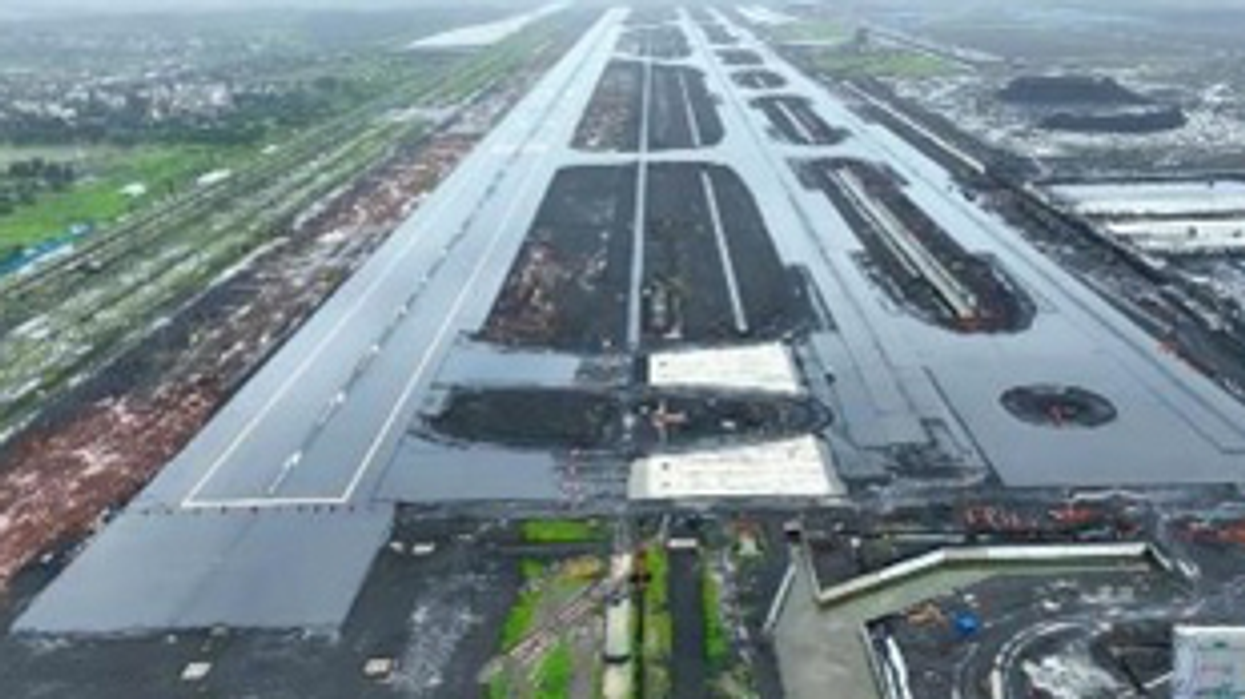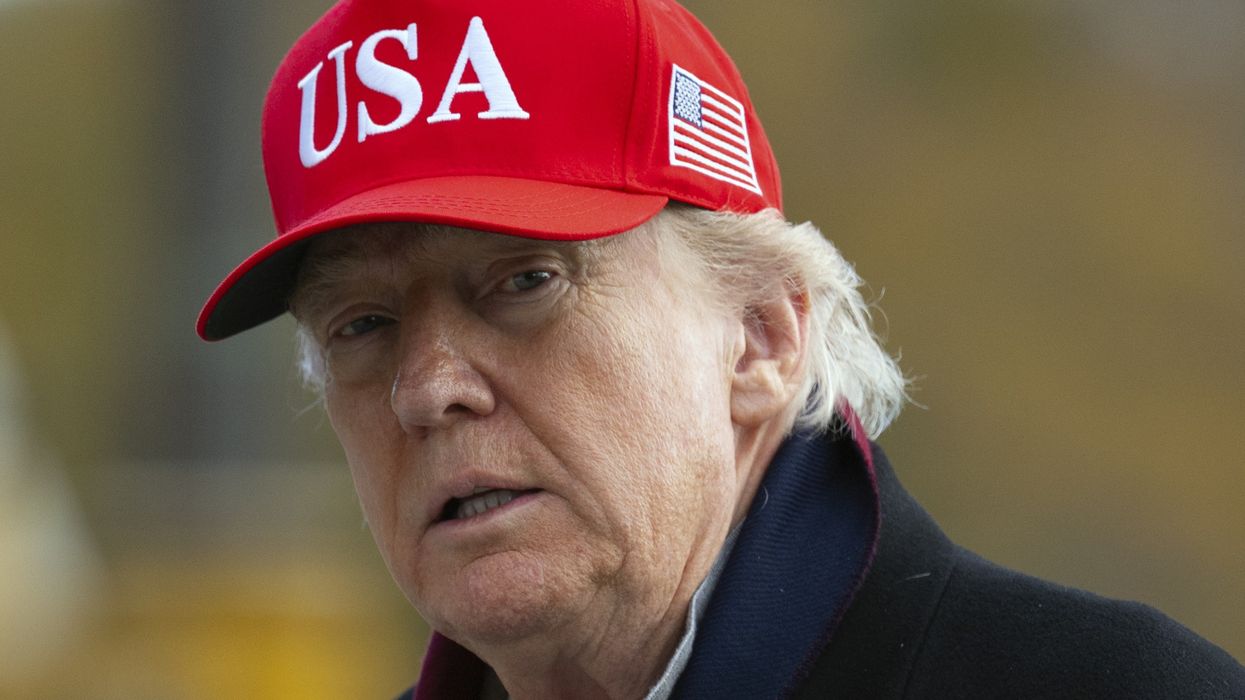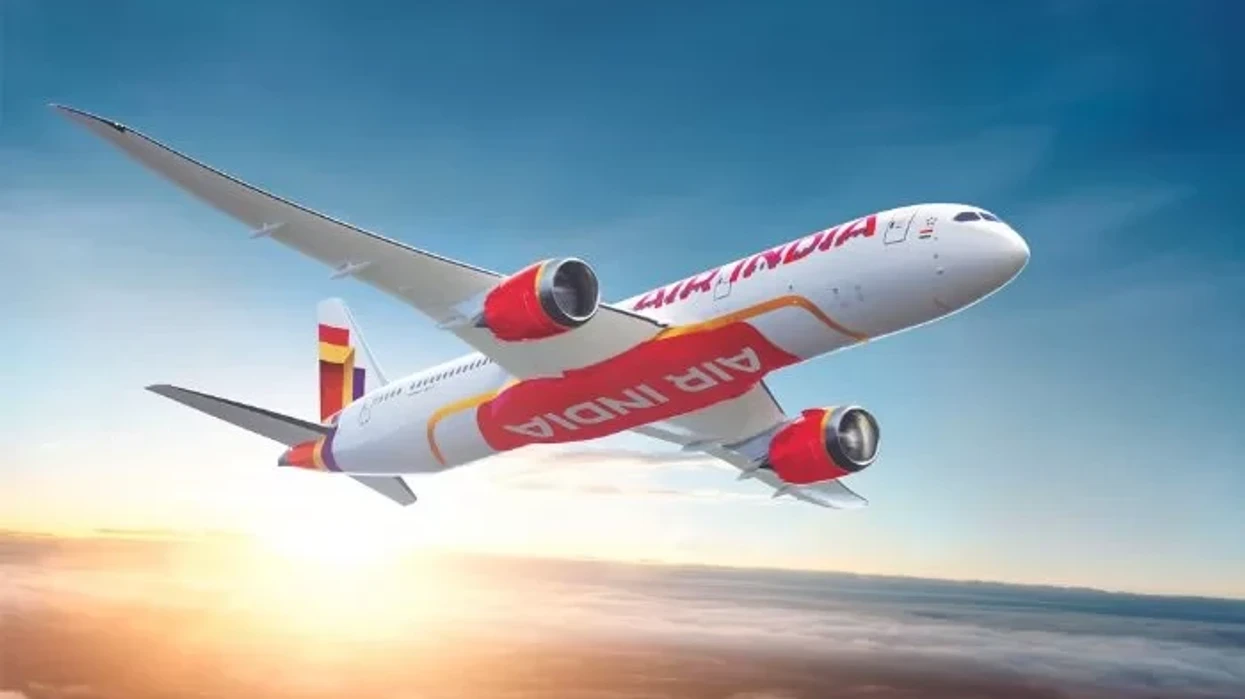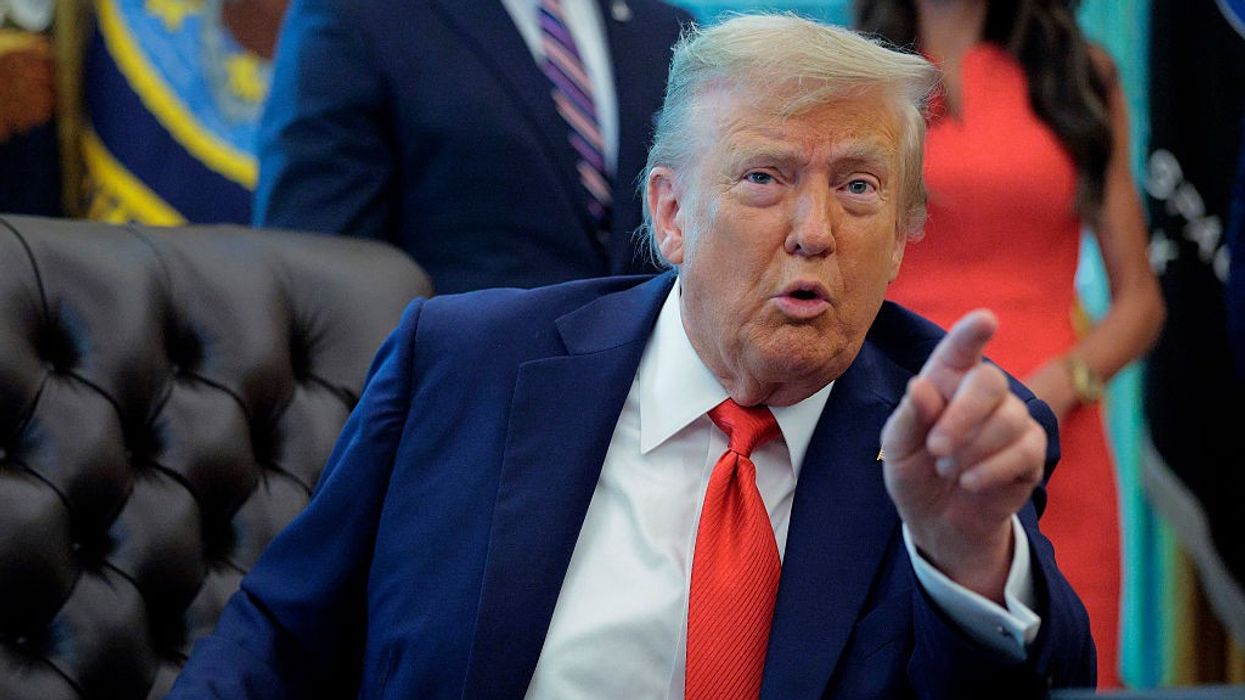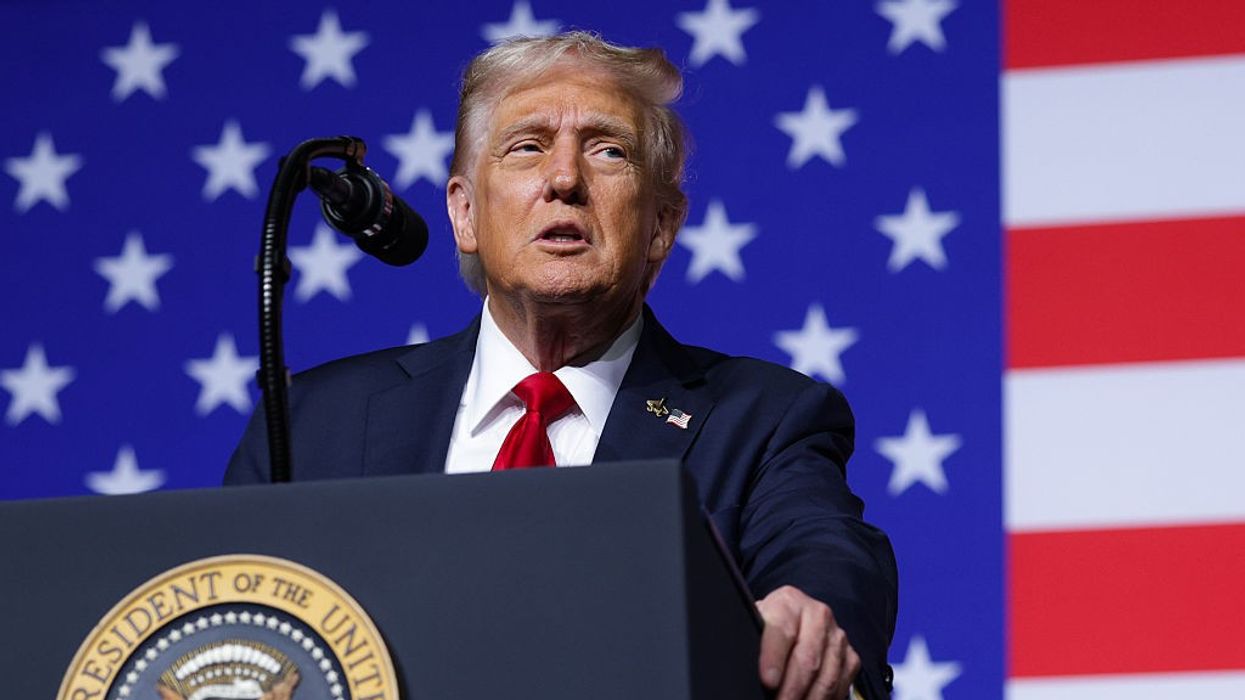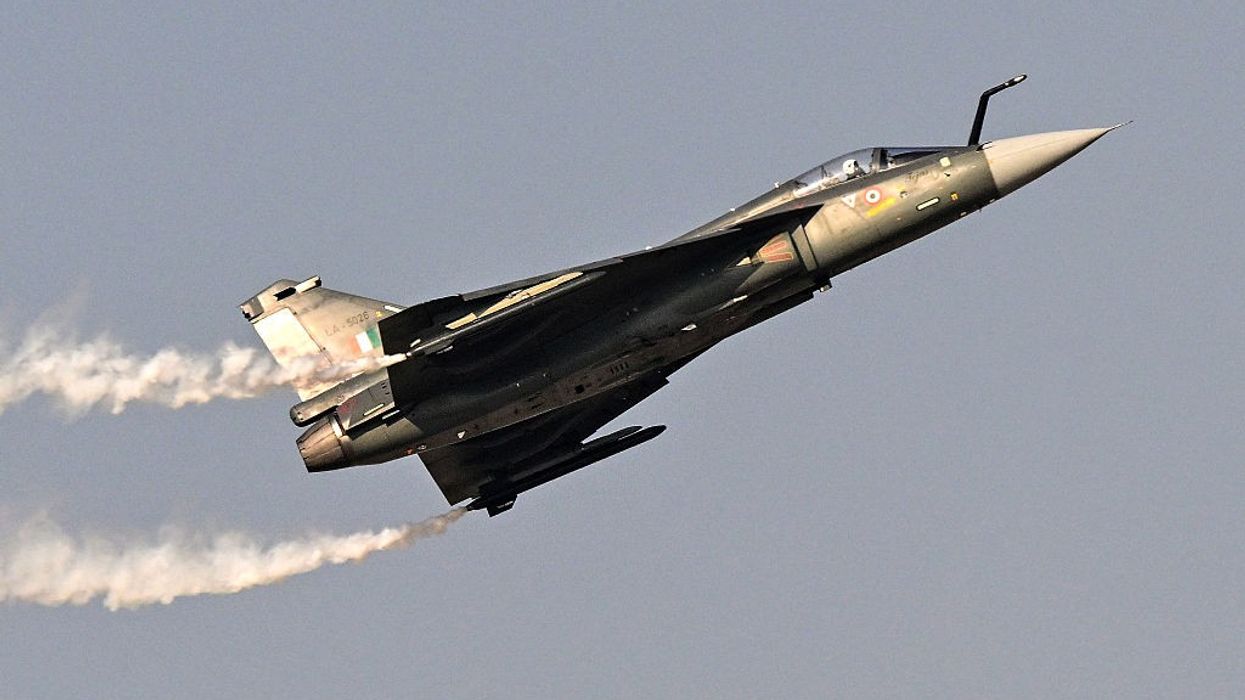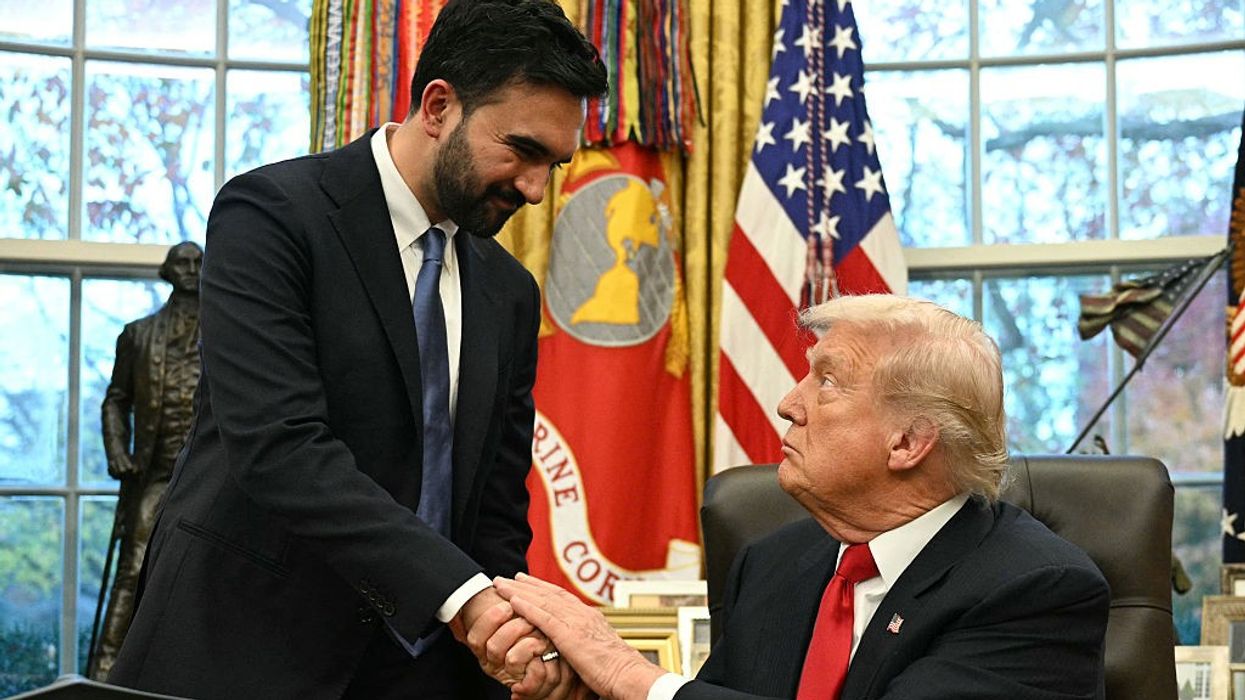Highlights:
- $2.35 billion project with operations beginning December 2025.
- Capacity to handle 90 million passengers annually by 2032.
- Digital-first airport with 5G, IoT, and facial-recognition boarding.
- Plans for direct U.S. flights to New York, San Francisco, and Chicago.
200,000 new jobs and a major boost to trade, exports, and logistics in western India. The Navi Mumbai International Airport (NMIA), inaugurated in October 2025, marks one of India's most ambitious infrastructure projects in decades. Located in Ulwe, about 37 kilometers (23 miles) from South Mumbai, NMIA is designed to ease pressure on the overcrowded Chhatrapati Shivaji Maharaj International Airport and position Mumbai as a leading global aviation hub.
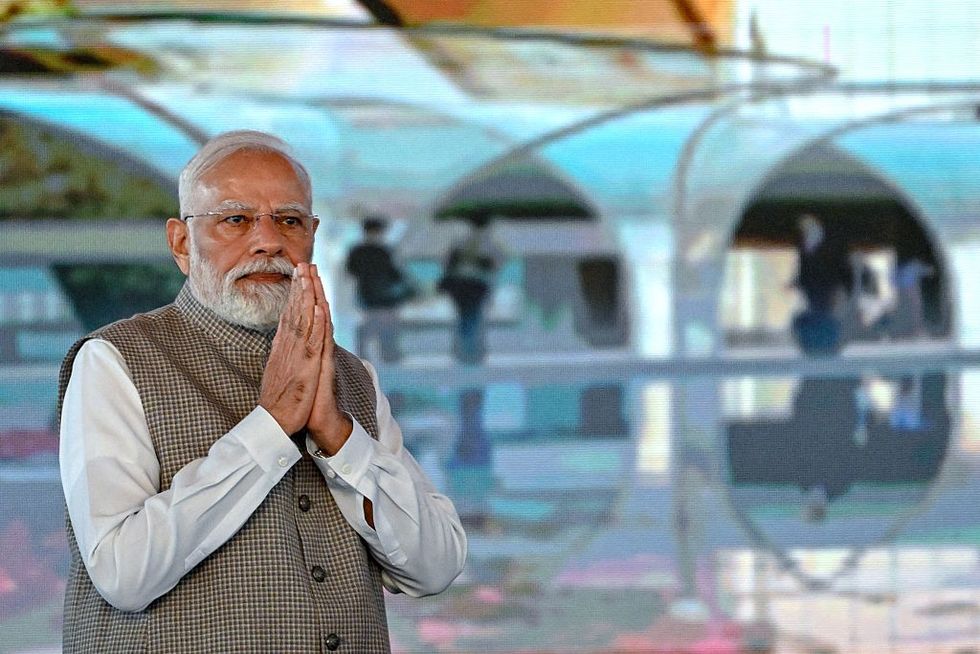
Built at a cost of approximately $2.35 billion in its first phase and operated by Adani, NMIA will begin full commercial operations by December 2025, signaling a transformative moment for India's air travel, logistics, and connectivity.
Designed for future: Scale, technology, and sustainability
Spread across 1866 acres, NMIA features an ultra-modern terminal designed by Zaha Hadid Architects, capable of handling 20 million passengers annually in its first phase. By 2032, capacity will expand to 90 million passengers, making it India's largest airport by volume.
The airport will eventually include four passenger terminals, multiple runways, and a major cargo hub capable of managing 3.25 million metric tons of goods annually. With an automated people mover, underground metro and expressway connectivity, and dedicated sustainable aviation fuel storage, NMIA stands out as a model of next-generation airport design.
A digital-first experience for global travelers
NMIA is India's fully digital airport, equipped with 5G-enabled connectivity, Internet of Things (IoT) systems, and Digi Yatra, a facial-recognition-based passenger verification platform that ensures completely contactless travel.
From automated baggage handling to biometric boarding, NMIA blends luxury and technology, setting a new benchmark for airports across Asia.
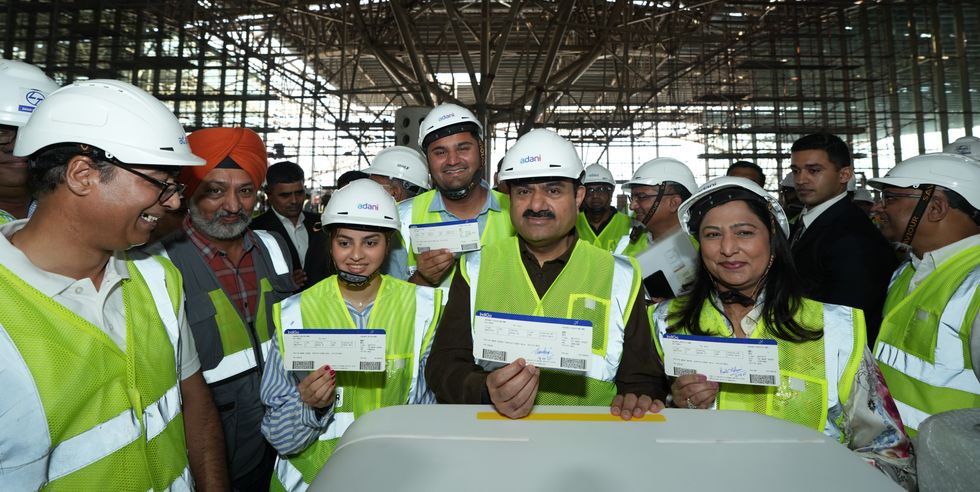
Boosting trade and regional development
Beyond passengers, NMIA's expansive cargo infrastructure is expected to revolutionize Maharashtra's export economy, especially in pharmaceuticals, seafood, and e-commerce logistics. The airport will act as a critical hub for exports to Europe, the Middle East, and North America, while also driving industrial growth across western India.
Airline operations and route expansion
Leading carriers, including Air India, IndiGo, and Akasa Air have confirmed plans to operate from NMIA. Air India Express, the group's low-cost arm, will launch 20 daily flights, while the Air India Group is expected to reach 55 daily departures by mid-2026, including five international routes.
IndiGo is preparing to shift several domestic operations to NMIA and commence international flights by late 2025, while Akasa Air plans to operate over 100 weekly flights. The airport's long-term blueprint envisions direct connections to major global hubs, from London to Dubai to Singapore and New York.
Direct flights to the US on the horizons
Officials and airline executives have confirmed that NMIA aims to launch non-stop flights to major US cities, restoring Mumbai's transcontinental air links. Destinations under consideration include New York, Newark, San Francisco and Chicago, with Air India expected to lead these long-haul services once infrastructure and regulatory approvals are finalized.
Inditial operations may begin with connecting or one-stop services in early 2026, before transitioning to direct US routes as NMIA's global flight network matures.
Transforming Mumbai into a multi-airport global city
Once fully operational, NMIA will transform Mumbai into one of the few multi-airport cities globally, joining the ranks of London, New York, and Tokyo. The move is expected to ease congestion, enhance passenger convenience, and elevate India’s global aviation status.
With seamless connections across domestic and international routes, Navi Mumbai International Airport is poised to become a key gateway between Asia, Europe, and North America, cementing Mumbai’s position as a critical node in the world’s air travel network.
